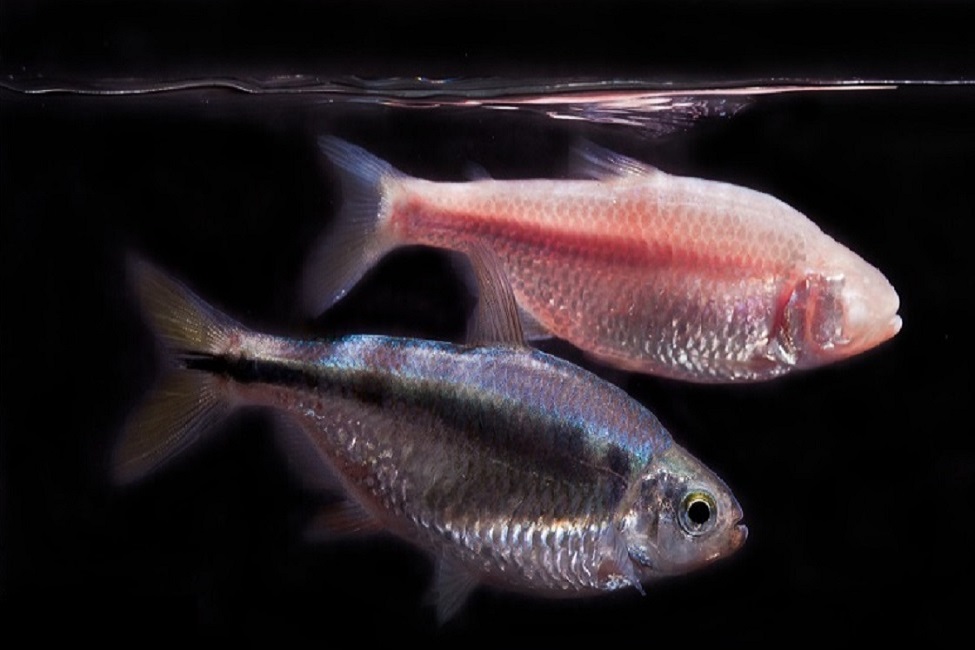Previous studies have determined that astronauts can judge inverted movements better than people on Earth due to the astronauts’ unique visuomotor experience with inverted movements in space.
Tag: Kinematics
Study First to Explore ‘Walking’ Sharks on the Move in Early Life Stages
A newly-discovered walking shark that breaks all of the rules for survival is the focus of a first-of-its-kind study that examined differences in walking and swimming in neonate (newly-hatched) and juvenile walking sharks. Despite dissimilarities in body shapes – neonates have bulging bellies and juveniles are slender – the three aquatic gaits they use (slow-to-medium walking, fast-walking and swimming) did not differ. Kinematics between neonate and juvenile epaulette sharks did not alter during development.
A Robot Learns to Imagine Itself
Columbia Engineering researchers have created a robot that–for the first time –is able to learn a model of its entire body from scratch, without any human assistance. In a new Science Robotics study, the researchers demonstrate how their robot created a kinematic model of itself, and then used its self-model to plan motion, reach goals, and avoid obstacles in a variety of situations. It even automatically recognized and then compensated for damage to its body.

Boo! How Do Mexican Cavefish Escape Predators?
When startled, do all fish respond the same way? A few fish, like Mexican cavefish, have evolved in unique environments without any predators. To see how this lack of predation impacts escape responses that are highly stereotyped across fish species, scientists explored this tiny fish to determine if there are evolved differences in them. Findings reveal that the dramatic ecological differences between cave and river environments contribute to differences in escape behavior in blind cavefish and river-dwelling surface cavefish.